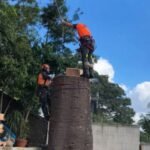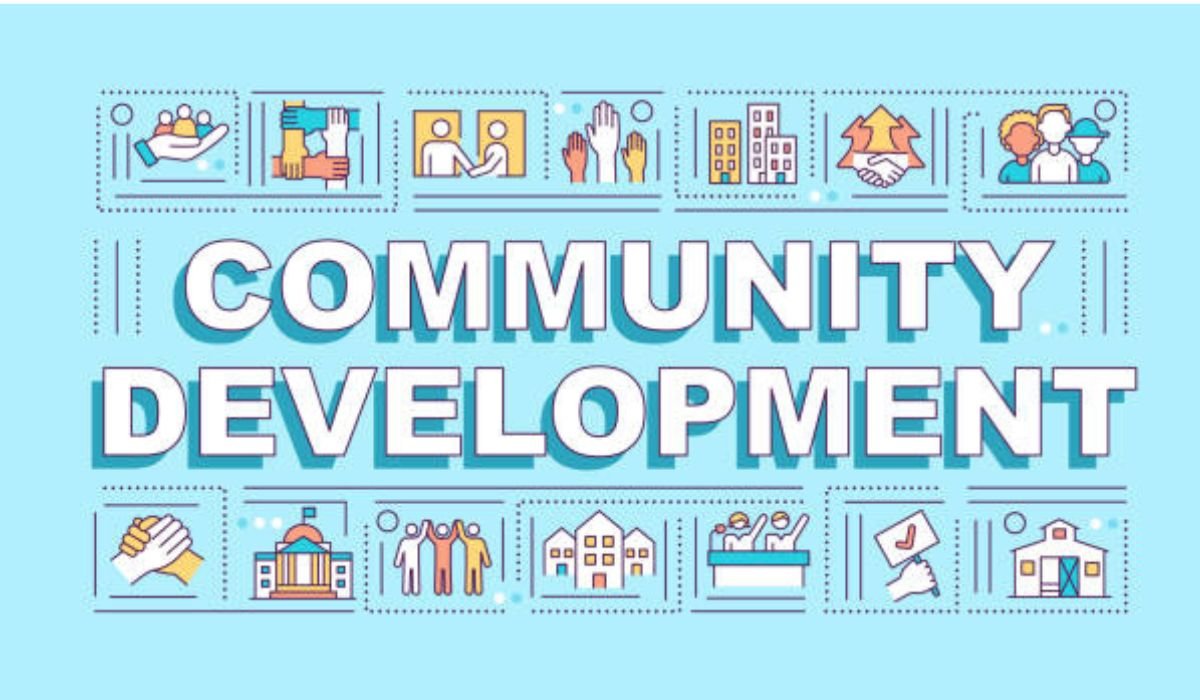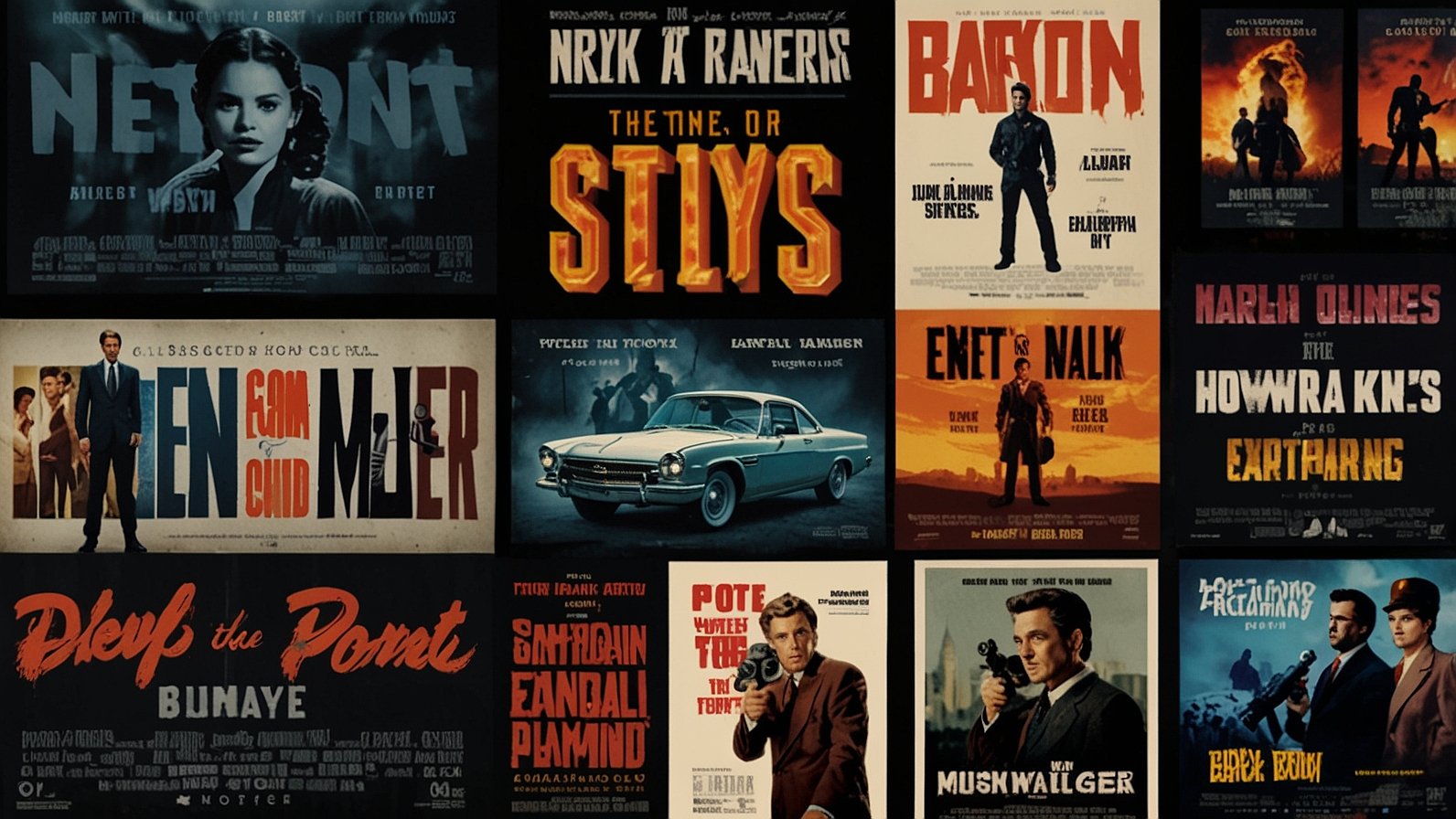Imagine the thrill of discovery: pulling back a dusty tarp in an old barn and revealing a perfectly preserved 1930s gas pump, its vibrant porcelain gleaming. Or standing on the cracked concrete floor of a long-shuttered Main Street storefront, seeing not decay, but potential. That spark of discovery – that deep reverence for the stories etched in rust and wood – is the beating heart of Mike Wolfe’s passion project. It’s far more than just collecting; it’s a mission to rescue, restore, and revitalize the tangible pieces of American history, one vintage sign, classic car, and historic building at a time.
For fans of American Pickers, Mike Wolfe is the guy who finds treasure in the dusty corners of forgotten buildings. But his true legacy extends far beyond the show. His passion project is a dedicated, hands-on crusade to preserve Americana, not just in a private collection, but by weaving it back into the fabric of community life. It’s about turning “pickings” into purpose.
Beyond the Barn Find: Restoration as Storytelling
Mike Wolfe doesn’t just see an old gas station; he sees a community landmark, a piece of architectural heritage, a tangible link to a bygone era of road trips and soda pops. His passion project centers on the belief that these objects and structures tell stories.
- Craftsmanship Celebrated: Restoring a hand-painted neon sign isn’t just about fixing glass tubes; it’s honoring the skill of the artisan who created it decades ago.
- Vehicles as Time Machines: Bringing a rusted Model T back to life isn’t just a mechanical feat; it’s preserving a chapter in transportation history.
- Buildings as Community Anchors: Renovating a crumbling Main Street building isn’t just construction; it’s rebuilding a piece of the town’s heart.
For Wolfe, restoration is an act of historical preservation. Every rivet pounded, every flake of paint meticulously matched, every brick repointed is a step towards keeping America’s unique narrative alive. He treats each project like uncovering a forgotten chapter in a beloved book.
From Relic to Resource: The Power of Adaptive Reuse
The magic of Mike Wolfe’s passion project lies not just in the what he saves, but in the how he reimagines it. This isn’t hoarding; it’s strategic, community-focused adaptive reuse.
- Historic Le Claire, Iowa: Wolfe has invested heavily in his hometown. He transformed a dilapidated former gas station into “Spare Parts,” a charming shop and community space. He’s meticulously renovated historic homes, turning them into unique rentals that offer guests a slice of authentic Americana.
- Columbia, Tennessee: His influence extends beyond Iowa. In Columbia, he’s undertaken ambitious projects like restoring the historic Columbia Motor Alley buildings. His vision? Creating vibrant spaces – think shops, eateries, maybe even micro-museums – that honor the past while serving the present community.
- Museum in the Making: Many rescued artifacts find new life as curated displays, whether in his own commercial spaces or through collaborations. A row of restored gas pumps becomes an instant roadside attraction; vintage signage adorning a restored building tells its story visually.
The Economic Engine of Preservation: Wolfe brilliantly frames this work as more than nostalgia; it’s economic revitalization. Restored historic districts:
- Boost Tourism: Unique, authentic experiences draw visitors (think: American Pickers fans making pilgrimages!).
- Strengthen Community Identity: Preserving local landmarks fosters civic pride and a sense of place.
- Promote Sustainability: Reusing existing structures is inherently “greener” than constant new construction. It conserves resources and embodied energy.
- Create Opportunity: Renovations create jobs, and restored buildings provide unique spaces for new local businesses to thrive.
Why Mike Wolfe’s Passion Project Matters Right Now
In a world of disposable trends and fleeting digital experiences, Wolfe’s passion project offers something grounding and vital:
- Tangible Connection: It provides a physical link to history, craftsmanship, and simpler times.
- Community Investment: It demonstrates how investing in heritage is investing in the future economic and social health of towns.
- Sustainable Model: Adaptive reuse showcases a practical, beautiful alternative to demolition and waste.
- Inspiration: It proves that one person’s passion, channeled effectively, can make a significant, visible difference.
Your Takeaway: Celebrating the Keepers of History
Mike Wolfe’s passion project isn’t just about the objects; it’s about the spirit they represent – resilience, ingenuity, and community. It reminds us that history isn’t confined to textbooks; it’s in the brickwork of our downtowns, the curves of a classic car fender, and the glow of a restored neon sign.
What Can You Do?
- Explore: Visit revitalized historic districts, especially those Wolfe has touched like Le Claire or Columbia. See adaptive reuse in action.
- Support: Shop at local businesses housed in historic buildings. Visit local history museums.
- Appreciate: Look closer at the old buildings and artifacts in your own town. What stories do they hold?
- Advocate: Support preservation efforts and sensible adaptive reuse projects in your community.
The next time you see a beautifully restored old building or a gleaming vintage car, remember the passion and purpose behind its rescue. It might just be part of someone’s mission to keep the American story alive, one rescued treasure at a time.
What piece of Americana near you tells a story worth preserving?
You May Also Read: Beyond Checklists: How Brazil’s Protocolo Operacional Padrao Powers Performance & Safety
FAQs
What exactly is Mike Wolfe’s passion project?
It’s his dedicated mission beyond American Pickers to actively rescue, restore, and repurpose historic Americana – particularly vintage vehicles, signage, and historic Main Street buildings – giving them new life within communities.
Where is Mike Wolfe doing these restoration projects?
His primary focus is on his hometown of Le Claire, Iowa (e.g., Spare Parts gas station, historic homes), and Columbia, Tennessee (e.g., Columbia Motor Alley buildings). He invests in properties with significant historical value.
What happens to the stuff he restores? Does he just keep it?
No, that’s the key! His focus is adaptive reuse. Restored buildings become shops, rentals, restaurants, or community spaces. Artifacts are often displayed publicly within these spaces or in museum-like settings, not hidden away privately.
How does restoring old buildings help a community?
It boosts tourism, strengthens local identity and pride, creates jobs during renovation, provides unique spaces for new businesses, promotes sustainable development by reusing structures, and preserves irreplaceable architectural history.
Is Mike Wolfe’s passion project related to American Pickers?
The show introduced his love for finding treasures, but the passion project is separate. It’s the application of that passion – taking the “picks” and turning them into functional, community-focused preservation.
Can the public visit the places he’s restored?
Absolutely! Places like “Spare Parts” in Le Claire are open to the public. Restored homes may be vacation rentals. His projects in Columbia are ongoing but aim to create accessible public spaces.
Why is this kind of preservation important?
It saves tangible pieces of American history and craftsmanship from being lost forever, provides authentic connections to the past, supports local economies sustainably, and creates unique, character-filled places that new construction often lacks.











